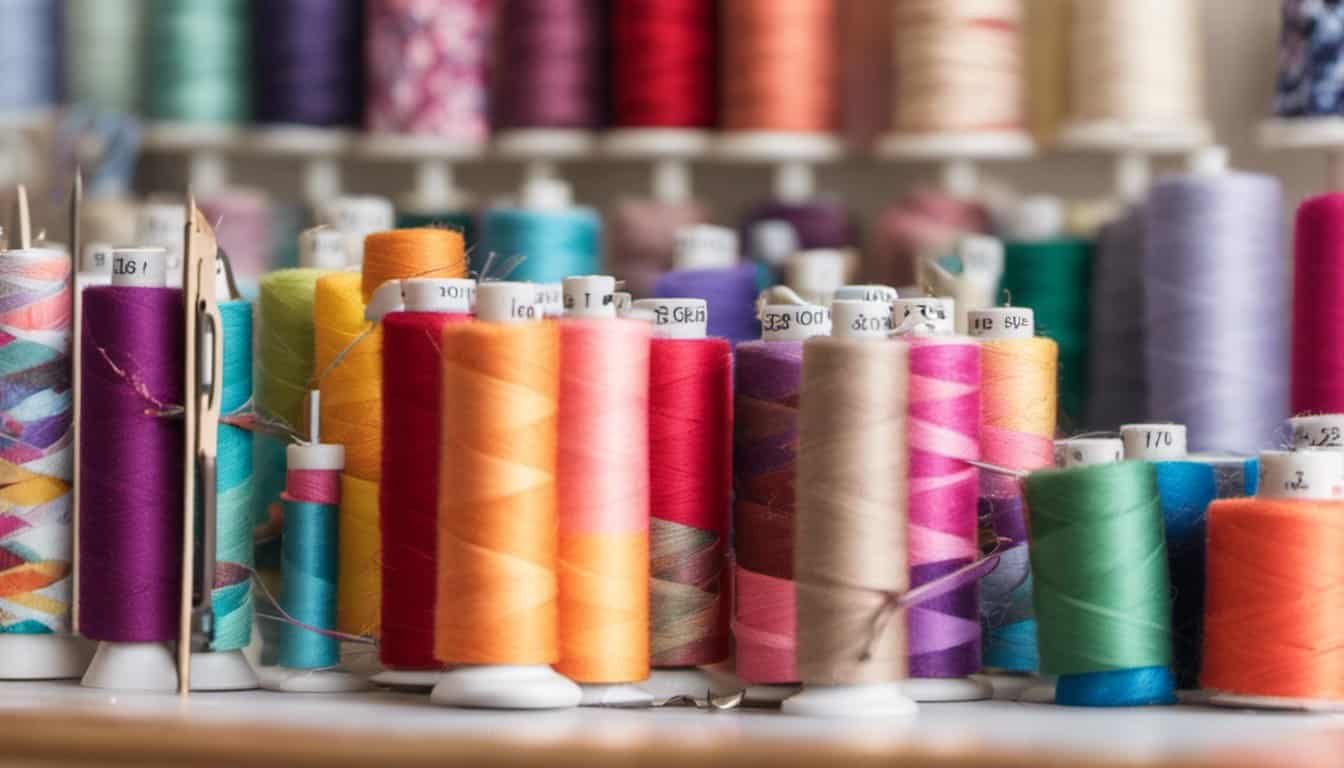Sewing by hand can feel like a cozy escape, and mastering basic stitches is the first step to creating something special. One of the simplest and most versatile stitches is the running stitch.
I’ve always found the running stitch incredibly useful, whether I’m fixing a tear or adding decorative details to a project. In this guide, I’ll walk you through the easy steps to sew a running stitch by hand, making your sewing journey smoother and more enjoyable.
Materials Needed
- Needle: A medium-sized hand sewing needle suitable for your fabric type.
- Thread: Strong cotton or polyester thread matching your fabric’s color.
- Fabric: The material you’ll sew, such as cotton, linen, or silk.
- Scissors: Sharp scissors for cutting thread and fabric precisely.
- Thimble: Optional accessory to protect your finger while sewing.
- Pins: To hold fabric pieces securely in place.
Step-by-Step Guide
Follow these steps to master the running stitch technique. Each phase ensures a strong and neat stitch.
Preparing Your Fabric and Thread
Select medium-weight fabric for ease. Measure and cut fabric to desired size using sharp scissors. Thread a medium-sized needle with strong thread, tying a secure knot at the end. Use pins to hold fabric layers together, aligning edges accurately.
Making the Running Stitch
Start from the underside to hide the knot. Push the needle up through the fabric, then back down at a consistent distance. Maintain even spacing, approximately 1/8 inch apart. Repeat the process, keeping stitches straight and uniform. Continue until you reach the end of the seam or desired length.
Finishing the Stitch
Secure the thread by making small stitches on the underside. Knot the thread firmly to prevent unraveling. Trim excess thread close to the fabric. Remove pins carefully, ensuring the seam lies flat. Press the stitched area with an iron for a professional finish.
Tips and Tricks
Enhance your running stitch with these essential tips and tricks:
Maintaining Even Stitches
Consistent spacing creates a professional look. Maintain approximately 1/8 inch between each stitch. Use your thumbnail or a stitch guide to keep intervals uniform. Control thread tension by keeping it taut without pulling too tight. Regularly align your stitches to ensure they remain straight and even.
Choosing the Right Thread and Needle
Proper thread and needle selection improves stitch quality. Opt for strong, medium-weight threads like cotton or polyester. Match needle size to your fabric; size 8 or 9 suits medium-weight materials. Ensure needles are sharp to penetrate fabric smoothly and reduce fraying. Selecting the right combination prevents breakage and achieves clean, durable seams.
Common Mistakes to Avoid
Avoiding common mistakes ensures your running stitch looks neat and professional. Here are key errors to watch out for:
- Uneven Stitch Spacing
- Inconsistent gaps disrupt the stitch’s appearance. I use a thumbnail or stitch guide to maintain uniform 1/8-inch intervals.
- Tension Issues
- Too tight stitches pucker the fabric, while loose stitches may unravel. I keep thread tension consistent by gently pulling the thread without stretching it.
- Starting on the Right Side
- Beginning the stitch on the wrong side can leave visible knots. I always start from the underside to hide the knot securely.
- Incorrect Needle Selection
- Using a needle that’s too large or small affects stitch quality. I choose a needle size that matches my fabric type, ensuring smooth stitching.
- Poor Thread Choice
- Weak or mismatched threads can break or fray. I select strong, medium-weight threads like cotton or polyester that complement my fabric.
- Skipping the Finishing Step
- Failing to secure the thread can cause the stitch to come undone. I finish with small stitches on the underside and knot the thread firmly.
- Not Cutting Threads Properly
- Leaving excess thread creates a messy finish. I trim any excess thread close to the knot for a clean look.
By keeping these points in mind, I achieve consistent and attractive running stitches in all my sewing projects.
Variations of Running Stitch
Exploring different variations of the running stitch enhances its versatility in various projects. Here are some common adaptations:
- Backstitch: Creates a stronger, more durable seam by overlapping stitches, ideal for seams that endure stress.
- Double Running Stitch: Involves two parallel lines of running stitches, perfect for added strength or decorative purposes.
- Embroidery Running Stitch: Uses colorful threads to create patterns and designs, suitable for embellishing fabric surfaces.
- Crossed Running Stitch: Forms a crisscross pattern, adding texture and visual interest to decorative pieces.
- Knotted Running Stitch: Incorporates knots at intervals, providing a textured finish for embellishments and decorative edges.
- Zigzag Running Stitch: Introduces a zigzag pattern, useful for adding flexibility to seams or creating unique decorative lines.
- Invisible Running Stitch: Hides the stitches within the fabric, ideal for discreet hemming and repairs where seam visibility is unwanted.
Each variation serves specific functions, allowing customization based on the project’s requirements and desired aesthetic.
Conclusion
Sewing a running stitch by hand feels rewarding and opens up endless possibilities. It’s amazing to see simple stitches transform fabric into something beautiful or functional. With a bit of practice you’ll find your rhythm and confidence growing. Whether you’re fixing a tear or adding a decorative touch the running stitch is a versatile tool in your sewing kit. Happy stitching and enjoy the creative journey ahead!


















